Remains of a Roman villa with baths in Benitses
Let’s clarify. When we talk about Roman baths in Benitses, don’t picture the grand public Roman baths found throughout the ancient empire.
Here, we’re referring to just a simple house in ruins once owned by a relatively wealthy Roman citizen who used it as a summer residence almost 2,000 years ago.
It was a typical Roman house with running water, hence the exaggerated title “baths,” and adorned flooring suggesting its affiliation with a wealthy family. As you notice we never use this title, we call it as it is, a Roman house with pipes for running water.
The floor is from a later period and features an elaborate arrangement of black and white marble pieces. It’s the only significant remnant of the building, but unfortunately, it is now buried underground and inaccessible to visitors.
The decision to bury the floor again and fence the site stemmed from tourists’ behavior, as they used to take small pieces of the floor as souvenirs. This led the Antiquities Authority to bury it, preserving what remained after the looting by “civilized tourists,” (those who now know how to write ‘good reviews’ on this… Tripadvisor) and enclosing the area with a metal fence.
This was deemed necessary as the archaeological value of the site wasn’t considered high enough to justify a permanent guard.
Given the sheer number of ancient, buildings in Greece, assigning guards to all is impractical. In essence, the site holds minimal archaeological value.
However, the orchard and the surrounding area are systematically cleaned 4-5 times a year to prevent the vegetation from engulfing the building within a few months.
This information is shared to set realistic expectations for your visit. We’ve come across amusing reviews on Tripadvisor that highlight the importance of managing expectations.
Official government Description
There are remains of a Roman villa with baths on the Kapsokavadis family land, in the centre of the village of Benitses.
At the East end, there is a large hall (Caldarium in Latin), with dimensions 4.70 x 6m, its entrance is from the north and the housing is based on arches (ride).
The walls are almost one meter (90 centimeters) thick and are built of the same size bricks and mortar, in some places the stones are irregular, elsewhere there are bricks and mortar, and preserved at the bottom are sections that were probably made of marble.
In the four corners and the centre of each wall are clay water pipes.
The floor has a very colorful mosaic with geometric jewels and has a rectangular opening communicating with the basement area (hypocaust) whose central area was surrounded by a vaulted corridor.
In the South wall, there is a small semicircular niche, its floor is lower than the rest and separated from the rest by a low wall.
Left of the semicircular apse there is a rectangle.
At the west end, there is a corridor (with dimensions 0.90 X4, 80m.) that was barrel-vaulted.
Southwest of the first room there is another arched room (Frigidarium), whose dimensions are 4,40 X5,50m.
The floor is of a later period and contains pieces of black and white marble. On the north side, a low wall separates this room from the water tank to the north whose base is 2.50 m lower down.
Other large areas have been partly excavated in the adjacent property to the west.
Of the top of the building, nothing has been saved, and of course, there is no trace of any roof.
How to reach the Corfu Roman villa with baths?
Because the access to the monument is a bit weird… as it is hidden behind houses, we prepared a little guide with photos of the trail that leads there, from the main road right up to the monument.
Somewhere in the village’s inner main street, just opposite the entrance of the Marina, you’ll spot Captain Octopus restaurant on the left (first picture) and the old characteristic renovated house of the second photo on the right.
You must walk to the end of the yard between those two and at your right-hand side, you will find the narrow path of the third photo.
Don’t be discouraged, follow this path and after 3-4 yards on your left side, you will see the narrow street of the fourth photo.
Arriving at the end of it you will find an opening as shown in the fifth photo, after 50 more yards on your right you will find the baths as they look in the last picture.
Roman remains around the island
Roman remains are not something many visitors associate with Corfu, but traveling around you can get glimpses that show you that their occupation was definitely not a quick holiday stop!
Many conquerors have left their marks on the island, the history of Corfu is a fascinating glimpse into power struggles, and the rise and fall of dynasties.
The Roman period is less well known than later times but was an extremely important time for the island.
Legend says that Nero watched a play in the theatre at Kassiopi– now disappeared sadly.
There are however Roman remains to be found in many villages around the island, Acharavi, Moraitika, and Benitses to name but a few. Indeed in Benitses, the remains of a splendid Roman bath with mosaics can be seen.
One of the most famous naval battles in history, in Actium, where Augustus Caesar (then Octavius) destroyed the fleet of Antony and Cleopatra, was fought in the seas just south of Corfu, and Caesar’s victory was celebrated by building a large city near the modern town of Preveza, called unsurprisingly Nicopolis, which in Greek means Victory City (Niki = Victory & Polis = Town).
At the northern end of the Corfu channel, on the Albanian coast, is located the remains of Butrint, an important archaeological site containing Roman remains, as well as relics of older Greek civilizations that have colonized this coast.
Corfu has always been very important strategically, as the entrance to the Adriatic Sea.
The main road to Rome, the Appian Way, began at Brindisi, the Italian port a bit to the north of Corfu, where today’s ferry passengers also disembark.
It was also the gateway to the eastern empire and for ships needing to refresh supplies of food and water, it was an essential stop.


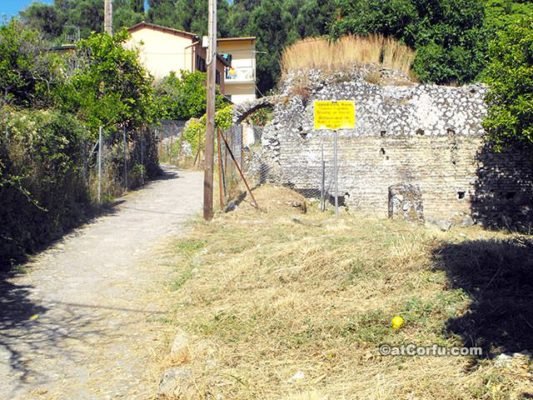

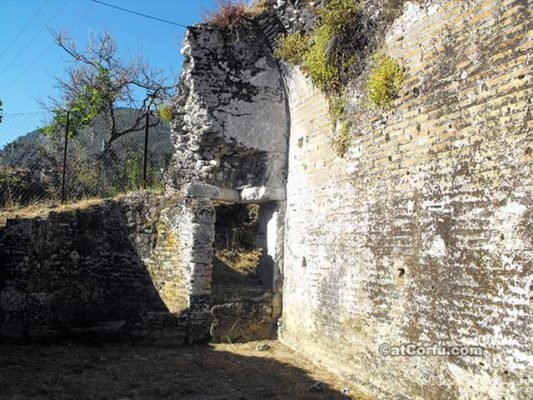



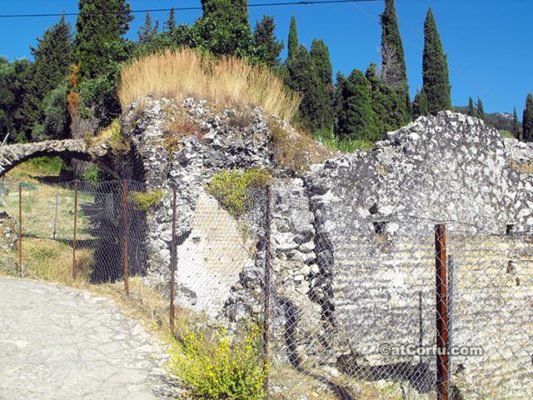
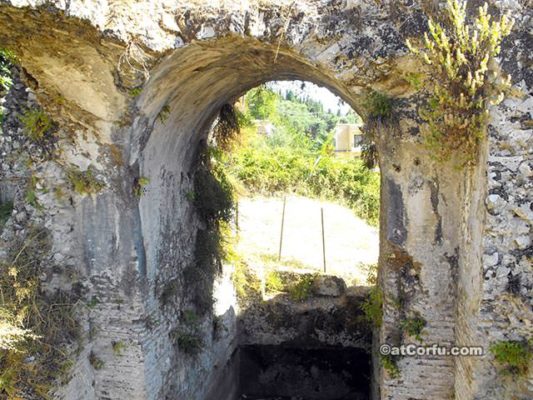
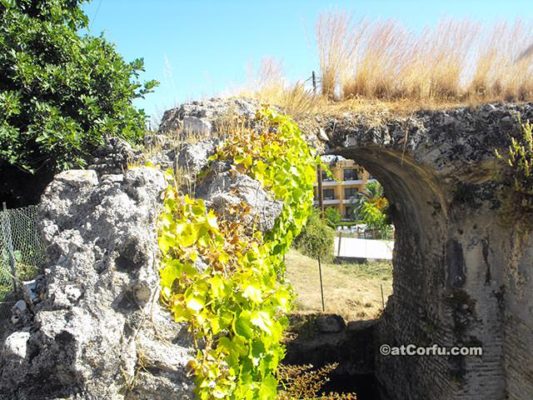




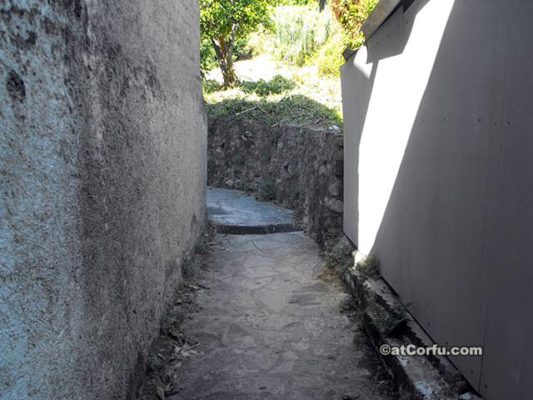




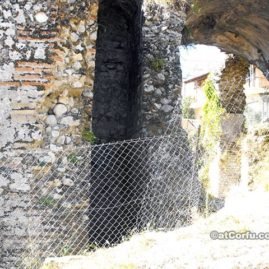

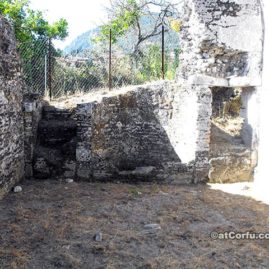


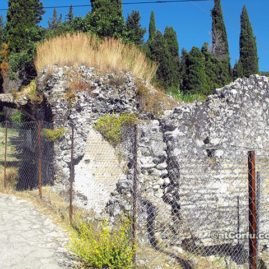



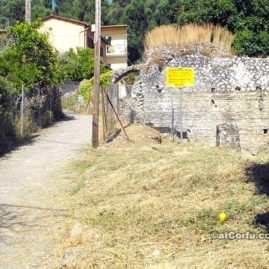

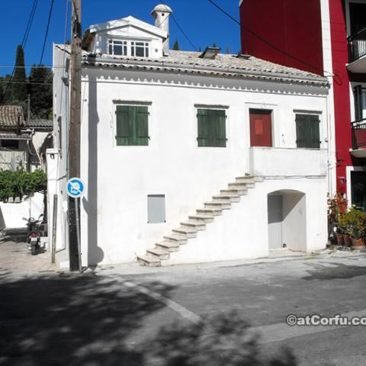

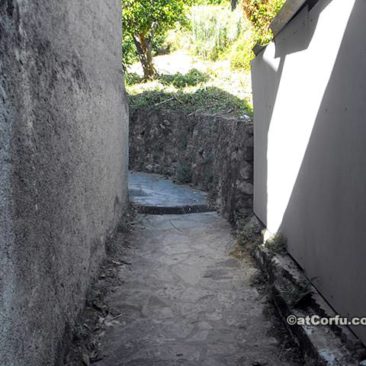
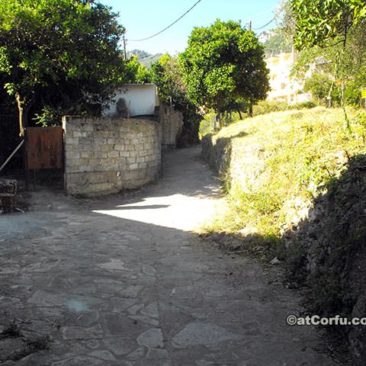

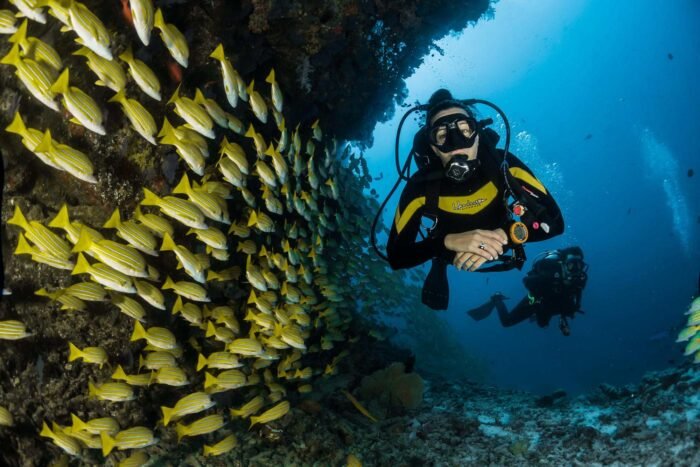

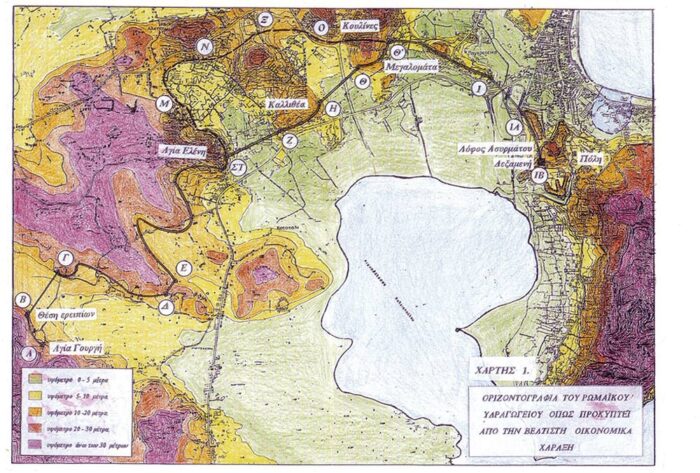
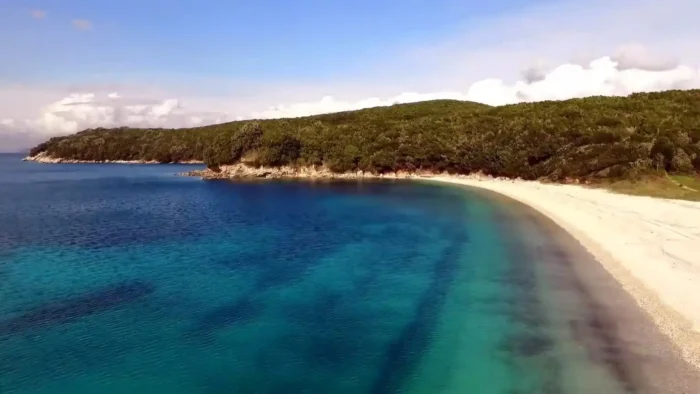

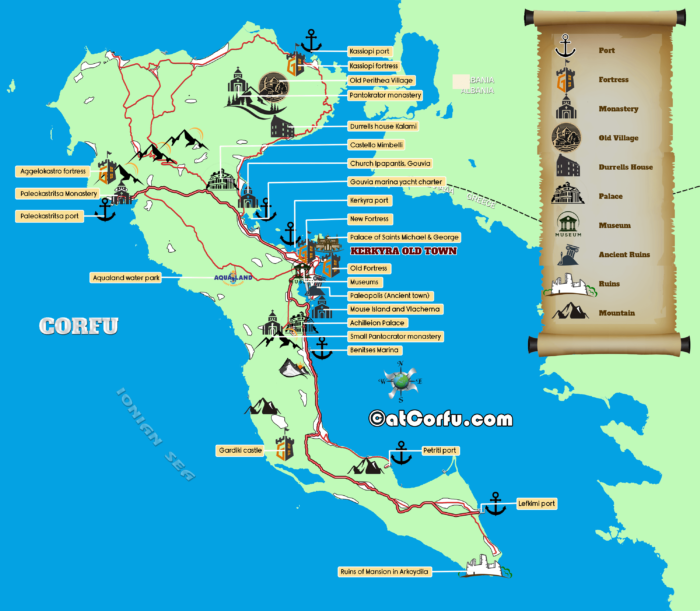
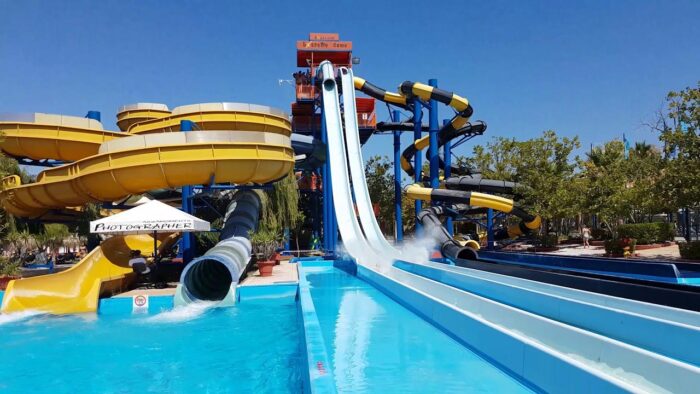
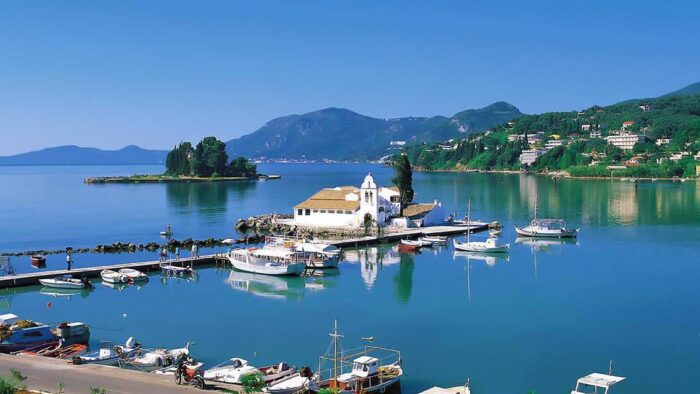
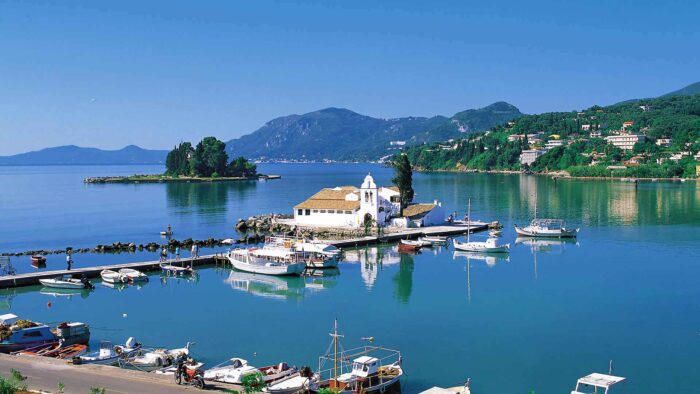
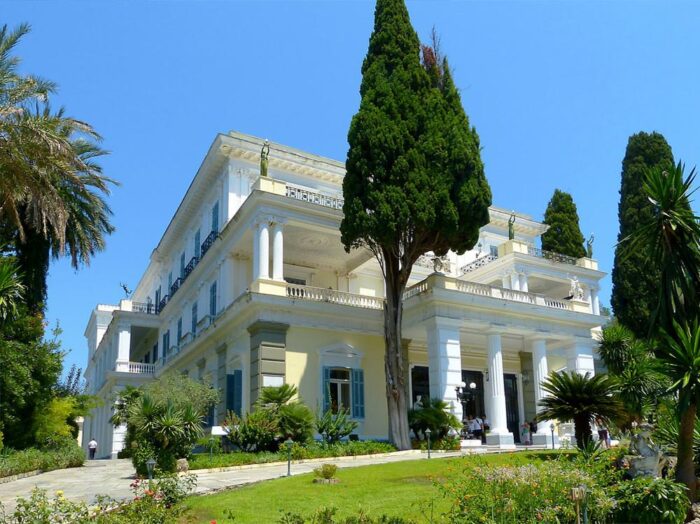
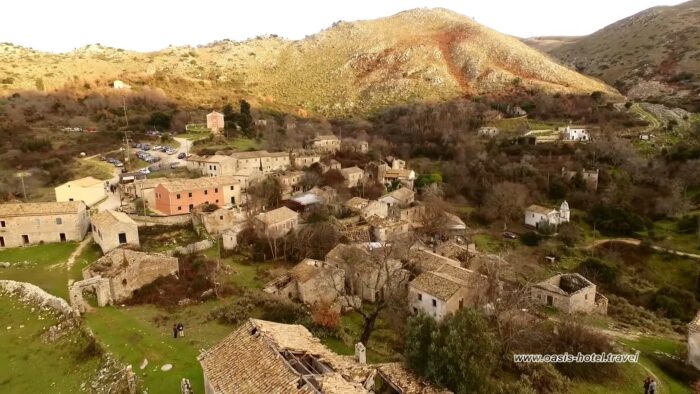


Comments